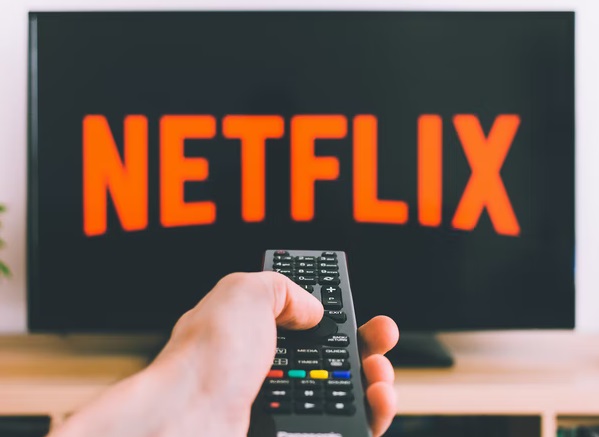As Netflix executives pitched the breadth of their service’s programming to potential advertisers on Wednesday, they revealed that the streaming service’s ad-supported tier reaches almost 5 million monthly active users.
Last November, the streaming video pioneer launched its ad-supported tier for $7 per month which allowed more frugal potential customers to pay less for streaming, in return for accepting advertisements with their programming. It launched in 12 markets, including in the US, as an alternative to the ad-free plan, which cost $10 per month. The ad-supported tier was designed to attract more customers, as the competition among streaming services for customers accelerated.
Netflix’s presentation Wednesday came amid what is known in the industry as the upfronts, where networks make their cases, and seek to lock in ad commitments for their upcoming programming. Netflix executives emphasized the wide variety of programming they will be offering from the Sci-fi series “Stranger Things” to the Korean drama “Squid Game” to the action movie sequel “Extraction 2.”
Bela Bajaria, chief content officer for Netflix said, “No other entertainment company aspires to create great movies and shows across so many genres in so many countries, and for such a broad, diverse audience.”
Netflix’s president of worldwide advertising, Jeremi Gorman, was the executive who noted the service had 5 million monthly active users, which was defined as all the adult profiles present on one account with ads. All children’s profiles do not run advertisements.
As of the end of March, Netflix reported it at 232.5 million paying subscribers across the globe.
The executives proposed running new types of commercials which they said could only be done on a digitally streaming service. As one example, co-Chief Executive Ted Sarandos noted that a 30-minute commercial could be run over several days, with another episode playing each time the viewer watches a show on Netflix. .
Sarandos said, “You can’t do that in linear TV because people don’t live on one channel.”
Netflix had originally intended to do their upfront presentation live in New York, but switched to a virtual presentation to avoid having to contend with protestors from the striking writers Guild of America.

